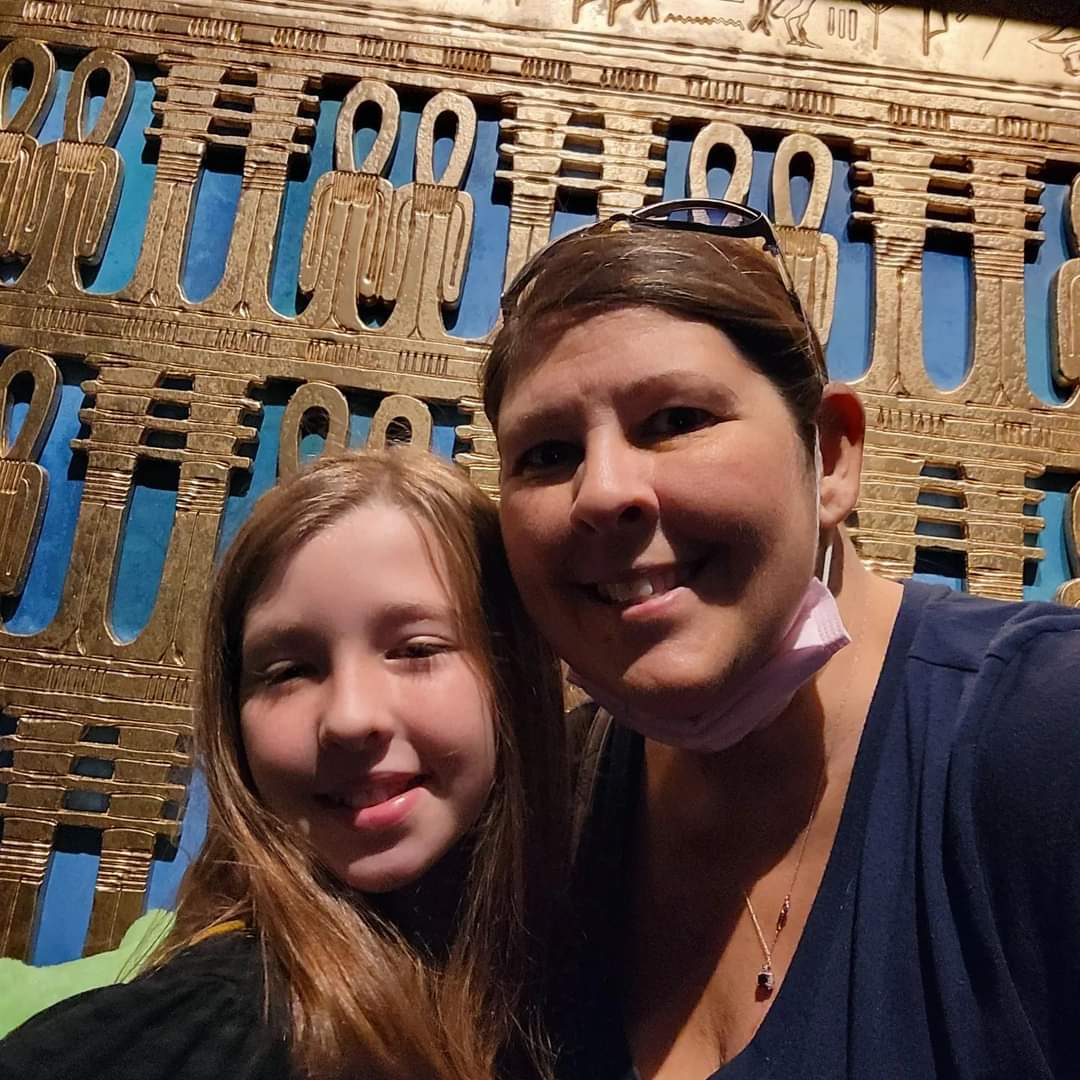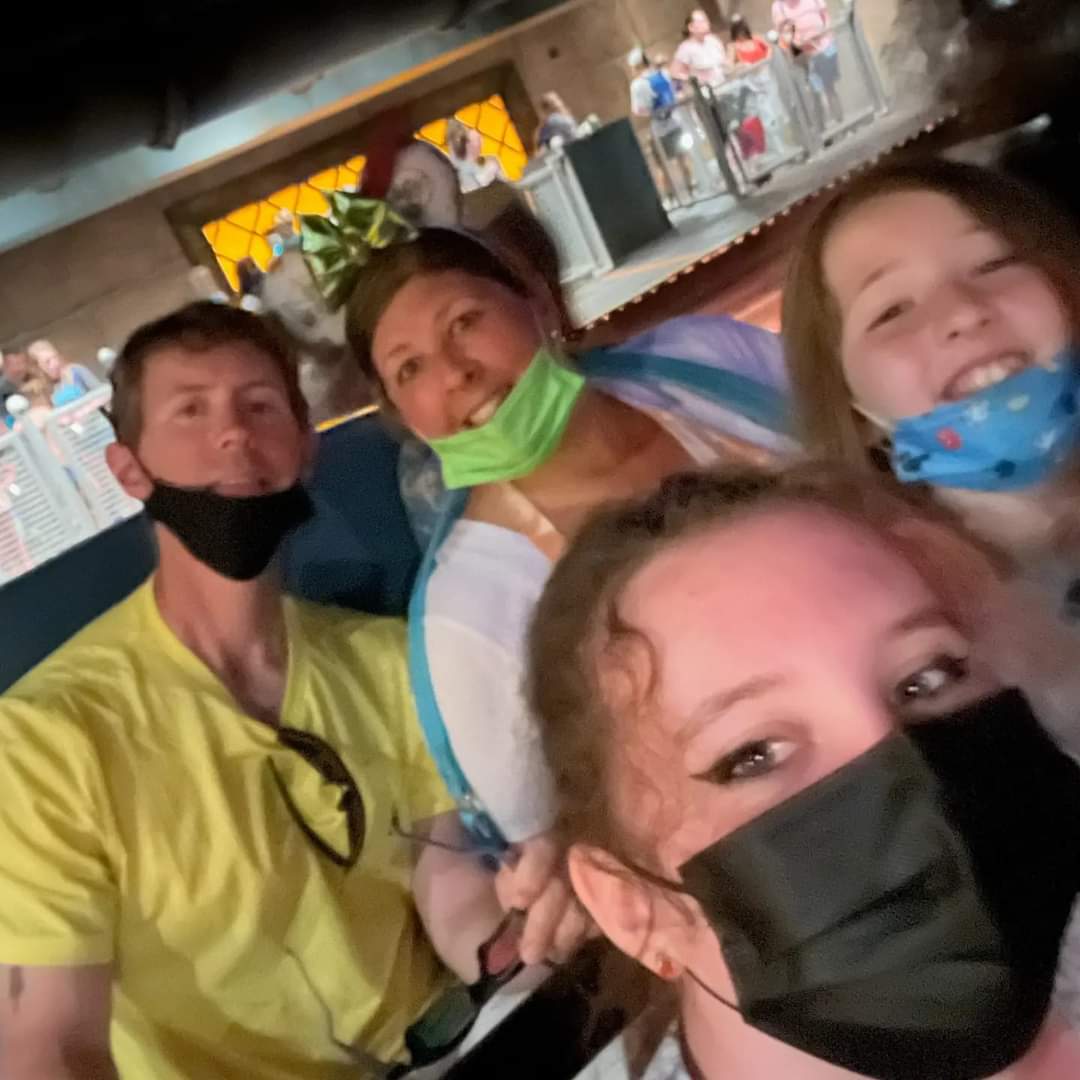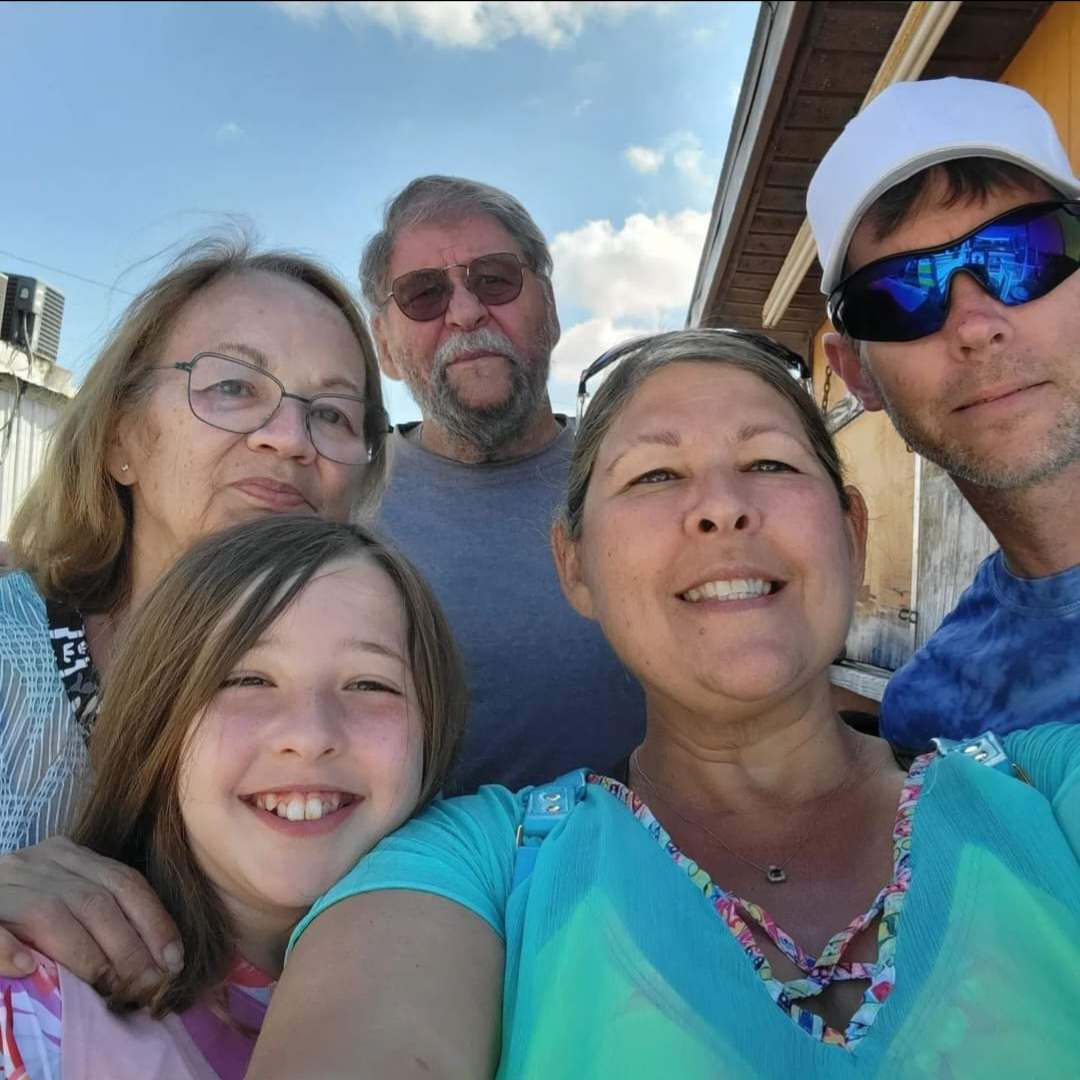I am currently stage 5, and my EGFR (what measures total kidney function) is roughly 8%. My function has rapidly declined from 15% to 8% in just 2 short months. I have also been diagnosed with Polycystic Liver disease, which is where most of my complications come from in addition to my kidneys failing. Recently, during routine transplant testing, I was diagnosed with a blood clotting disorder as well as fluid building up in the outer lining of my heart, due to kidney failure. I have tried to avoid dialysis as long as possible, but it is no longer possible. I have had 3 major surgeries to remove and drain huge cysts, have had sepsis twice due to cyst ruptures and have been on the transplant list at Tufts Medical Center since 03/25/2019. The wait list for a deceased donor with O blood type is over 10 years in this region. I am blood type O positive (positive or negative DOES NOT MATTER). My best chance at survival is living donor transplant by another blood type O. If someone would be willing to donate that is NOT blood type O….my transplant coordinators (Katie Ottariano, NP) will coordinate with the potential donor to do a paired kidney exchange or “kidney swap” A paired kidney exchange, also known as a “kidney swap” occurs when a living kidney donor is incompatible with their recipient, but does match another person on the transplant waitlist. Two live donor transplants would then occur. Suppose there were two donor/recipient pairs, Donor and Recipient 1 and Donor and Recipient 2:
Donor 1 would give a kidney to Recipient 2.
Donor 2 would then give a kidney to Recipient 1.
My transplant coordinator can be reached at 617-636-8096 for any questions someone may have about the donation process. She is off on Fridays but can be reached M-Th 8am to 4pm. OR questions can be emailed to [email protected].













